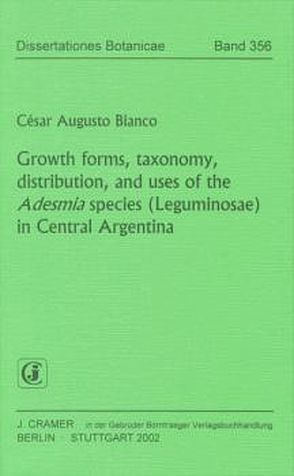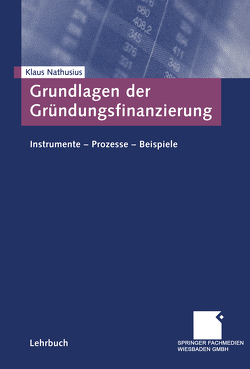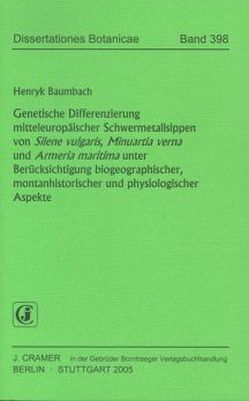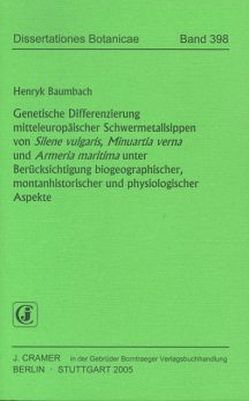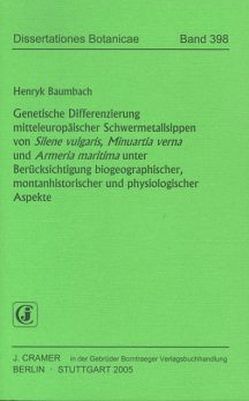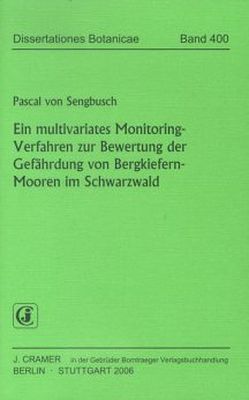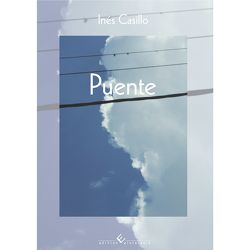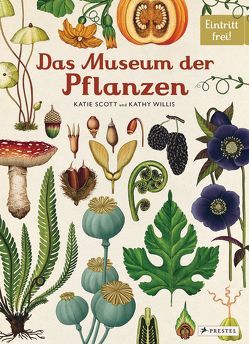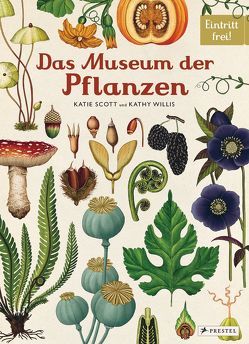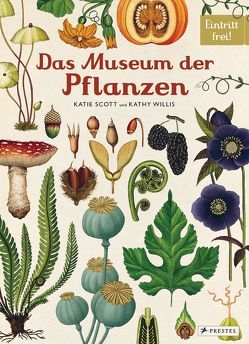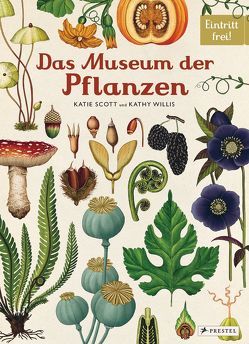Growth forms, taxonomy, distribution, and uses of the Adesmia species (Leguminosae) in Central Argentina
César A Bianco
This investigation focused on the study of the growth forms, taxonomy, distribution, and uses of the Adesmia species (Leguminosae), which are found in central Argentina (southern part of the province of Córdoba and provinces of San Luis and La Pampa). In the work area, 17 taxa were analysed. Fifteen are included in the subgenus Adesmia in six series: Bicolores ( A. bicolor (Poir.) DC., A. incana Vogel var. incana, A. incana var. grisea ((Hook. f.) Burkart); Hispidulae ( A. filipes A. Gray, A. leptobotrys Burkart); Lihuelenses ( A. lihuelensis Burkart); Macrostachyae ( A. macrostachya Benth.); Muricatae ( A. cordobensis Burkart, A. grandiflora Hook. et Arn., A. muricata (Jaq.) DC. var. muricata, A. muricata var. dentata (Lag) Benth., A. muricata var. gillesii (Hook. el Arn.) Burkart, A. retrofracta Hook. et Arn.); and Comechingonae ( A. comechingona C. A. Bianco & Weberling); and the remaining taxa are included in the subgenus Acanthadesmia, in three series Microphyllae ( A. trijuga Gill. ex Hook. et Arn.); Guttuliferae ( A. guttulifera Sandwith); and Candidae ( A. patagonica Speg.). In the annual species, the branching system is determined by the behaviour of the cotyledonary buds and the main axis. In the perennial species, on the other hand, this system varies according to the habitat. On the plains, herbaceous forms with very long paracladia and diplobotryums with more than 20 flowers were observed. In environments with soils of scarce coverage and annual rainfall below 200 mm, ligneous shrubs with systems of highly specialised macroblasts and brachyblasts, branches transformed into thorns, and three-flowered racemes were found. A description of the species and its iconography, maps of distribution, and observations on the habitat as well as the phenology are presented.
